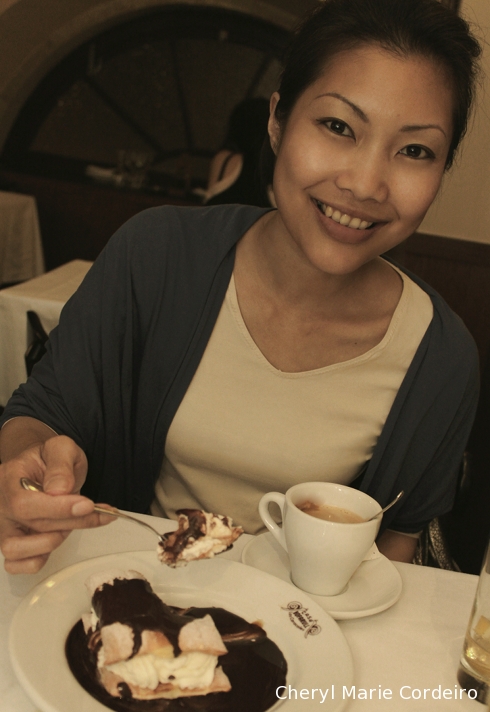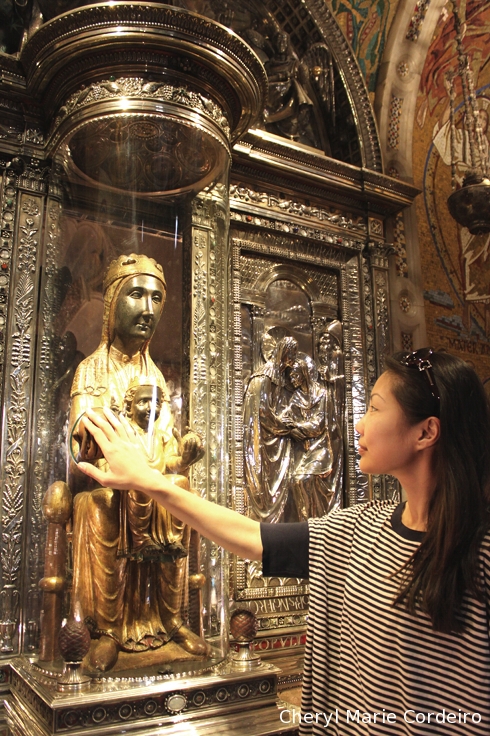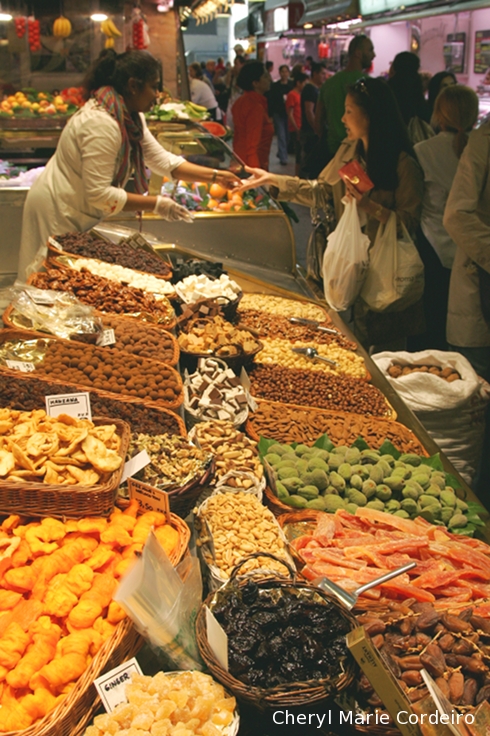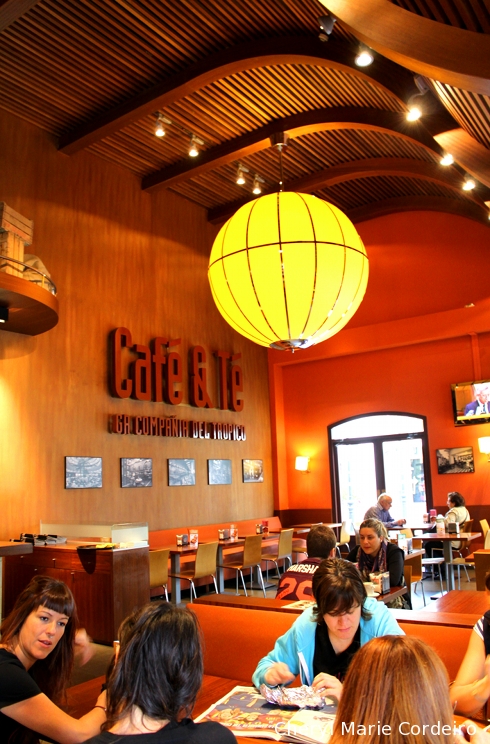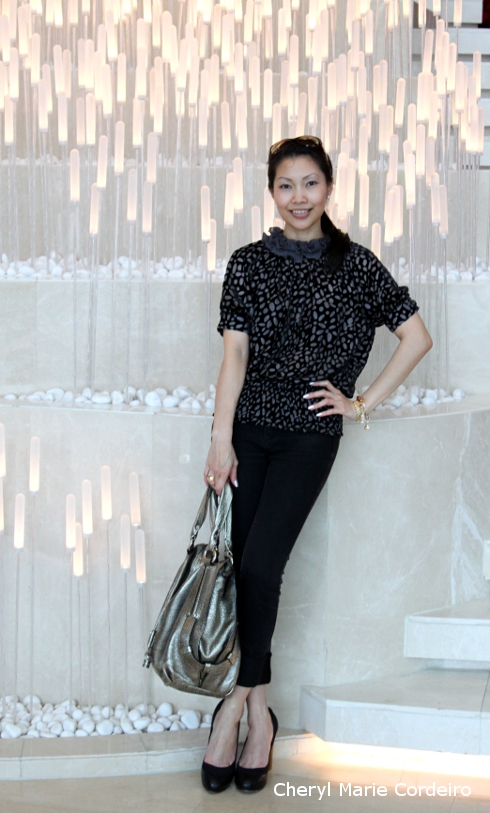
Dark ginger orange stollen – a variation of the Swedish julbröd or vörtbröd.
Text and Photo © CM Cordeiro 2012
Stollens are one of my favourite festive foods at year end, together with the British inherited version of dark brandied fruitcake / fruit pudding mainly because I find so exotic and comforting at the same time, the blend of flavours from the butter, the spices and dried fruits.
Continue reading “Dark ginger orange stollen”

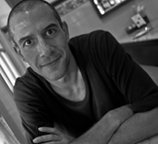
 Hi Sam,
Hi Sam, 